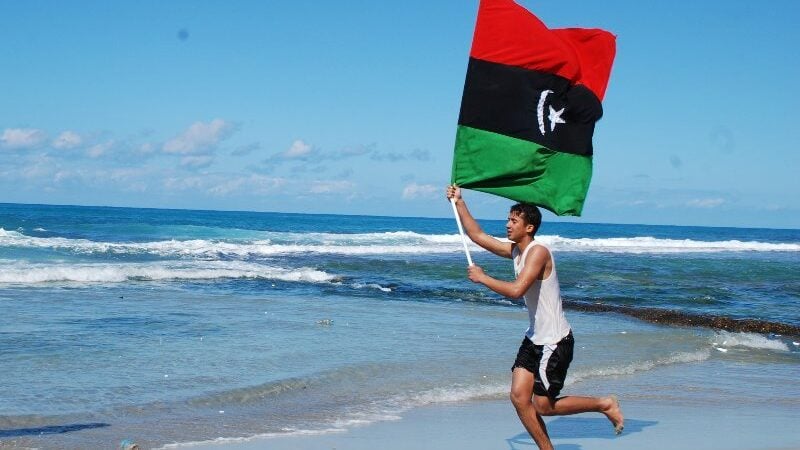
Overall conclusions
Libya’s biggest challenge lies in developing its water resources sector to tackle water deficits while maintaining future expansion in other sectors. According to an FAO report, groundwater resources development and distribution is now at a critical point.[1] By 2025, demand is estimated to be 10,000-16,000 MCM/yr. This is up from 4,400 MCM/yr currently, an amount sufficient to cover production of only 50% of Libya’s basic food needs.[2] These numbers indicate a clear and growing mismatch between supply and demand. One bright spot in the country’s water future is that neither fossil water nor seawater accessibility are expected to be affected by climate change, although water demand in agriculture could be impacted by the increase in crop water demand resulting from temperature rises.[3]
To counteract these challenges, the GWA must strengthen its water management, water resources research and access to water-related technologies (build capacity). This must be done during and after the current conflict, creating dynamics that influence the basic relationship of the state with its citizens, through a study of water resource management institutions and processes leading its results to the socio-political situation impact.[4]
An initial attempt to do this was instigated under the European Commission-funded project Water and Energy for Life in Libya (WELL), which ran from July 2012 to December 2014.[5] The aims of the projectwere to strengthen the capacities of the GWA to solve specific water and energy issues; reinforce the cooperation capacities and research activities in Libya’s water and energy sectors by defining research priorities to respond to socio-economic needs; propose a research-focused triple helix governance model to enhance stability in the country;[6]foster innovation; and increase job opportunities that encourage gender equality, in particular for young scientists.
Long-term strategy
The GWA has developed a strategy to reduce water shortage and prevent the deterioration of water quality. The strategy also considers sustainable development, ensuring good living standards, the protection of water resources and supply of water through several of the following actions:[7]
1. Developing human and institutional capabilities in the field of water resources, which should include the education and training of personnel, institutional reforms and strengthening the capability to put into effect water legislation.
2. Reducing water shortages (managing water demand).
3. Developing and upgrading traditional and non-traditional water resources.
4. Updating the existing water legislation.
[1] Food and Agriculture Organization of the United Nations,2009. Groundwater Management in Libya.
[2] Ibid.
[3] Ibid.
[4] General Water Authority, 2014 , Water and Energy for Life in Libya (WELL) , Project funded by the European Commission No. 295143, FP7, Libya.
[5] Ibid.
[6] Saleh Sadeg, Khalil I. Al-Samarrai and, Salem M. Rashrash (2017).International Journal of Applied and Natural Sciences (IJANS). Vol. 6, Issue 4, Jun – Jul 2017; 163-174.
[7] General Water Authority, 2014 , Water and Energy for Life in Libya (WELL) , Project funded by the European Commission No. 295143, FP7, Libya.
